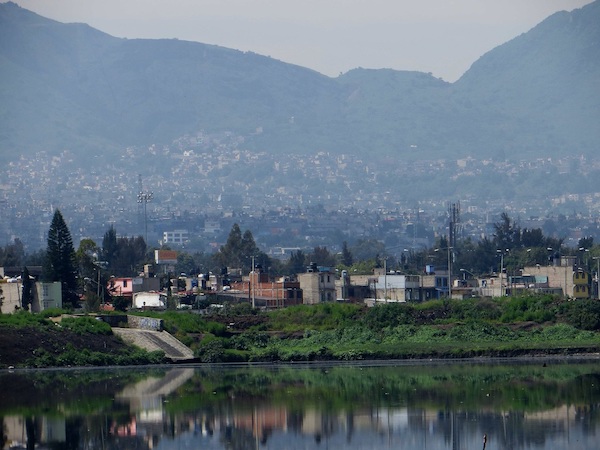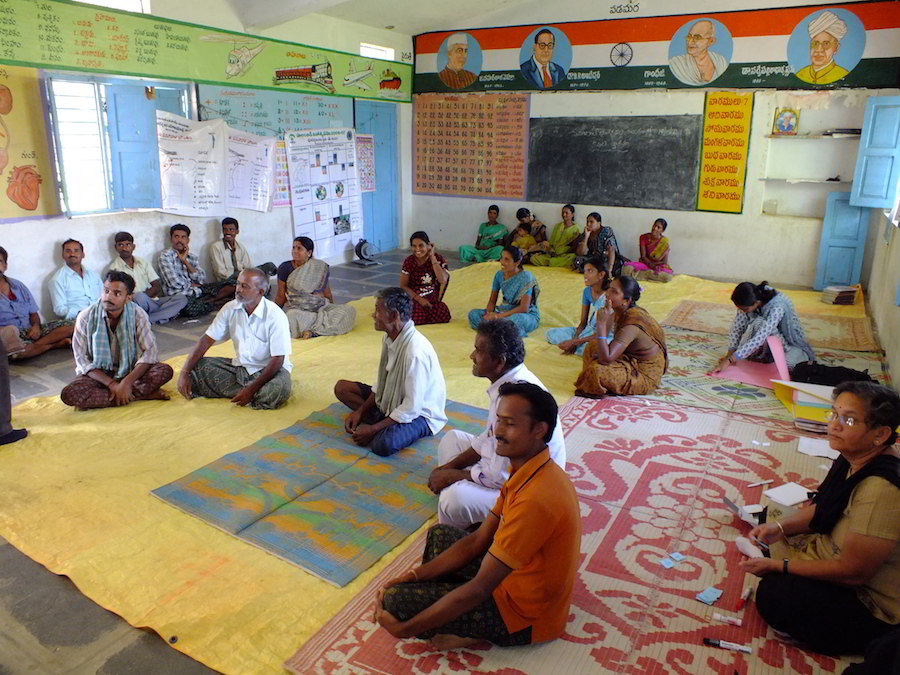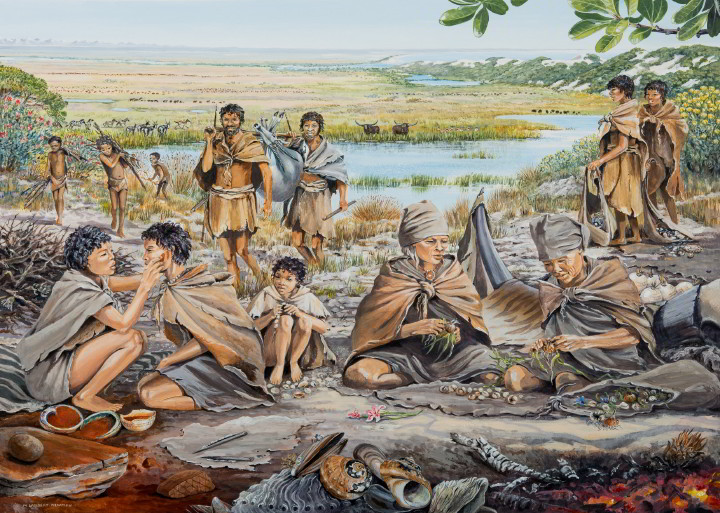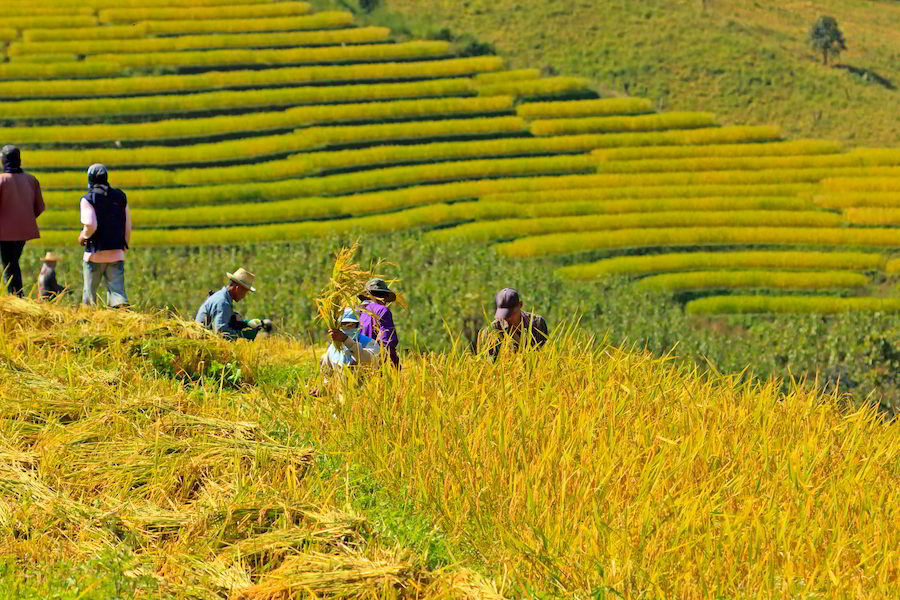My research focuses on the interaction of cognitive, institutional, and ecological processes to understand collective action problems. I study these interactions to understand the conditions for sustainable outcomes in various applications in the past, present and future, and from local to global scales.
I am a social scientist with a background in mathematics. I use computational models, such as agent-based models, in combination with laboratory and field experiments, surveys, case study analysis, and stakeholder workshops. To address my research questions.I have worked on quite a number of topics as you can see from my publications, all related to the field of collective action.
The National Science Foundation of the USA funds most of my research since 2004. Prior to that I was funded by the European Union, the Swedish Research Council, and the Resilience Alliance. Currently I work on the following topics:
Water, energy and food systems are increasingly interconnected. To meet sustainability targets transitions in those systems are needed to reduce greenhouse gas emissions, provide sufficient clean fresh water, and nutritious food. A transition of the physical infrastructure will require changes in behavior, norms and regulations, but the dynamics of the physical infrastructure and human behavior are not synced. We are developing models combining insights from the social science and engineering to explore transition pathways that are socially just and enable robustness of water, energy and food systems in the long term. This work is partly based on my participation in two NSF projects: One on water governance of Mexico city (PI Eakin) and one on resilience of water-

There have been anecdotes that field experiments on commons dilemmas in communities have led to behavioral changes. In a project led by International Food Policy Research Institute we are testing whether performing field experiments on crop choice and groundwater together with a community wide debriefing lead to a measurable change in ground water use. The experiments are done in India and Colombia. The potential outcome is a practical tool for NGOs to stimulate behavioral change.
Watch related PBS documentary here.

There is an increase in the use of computational models, such as agent-

Since 2005 I have been using virtual environments to test hypotheses on commons dilemmas. C activities focus on how people perceive the process of the experiment with different types of co in order to derive a better understanding why communication is so effective in avoiding the tragedy of the commons.
A second project is led by Marty Anderies and is part of the Behavior, Economics and Nature Network (BENN) of the Beijer Institute of Ecological Economics. The virtual spatial explicit environment of dynamic shared resources is used in collaboration with neuro scientists to understand how emotions are triggered in the experiments and play a role in the outcomes.

As part of ASU’s Interplanetary Initiative, CBIE is exploring the challenges related to shared resource governance for a future habitat on Mars. A game is developed where players need to choose between investing in the shared infrastructure and individual accomplishments to earn points to win the game. You can play the game at https://portofmars.asu.edu/.

How did our ancestors organize themselves to collect food, hunt and derive raw materials for tools? Together with Kim Hill, Curtis Marean and various others, I am developing an agent-

Small-
As part of a large NSF project led by Marty Anderies I performed experiments in the lab and the field (Colombia, Thailand, Nepal, and India) to understand what attributes of small-
